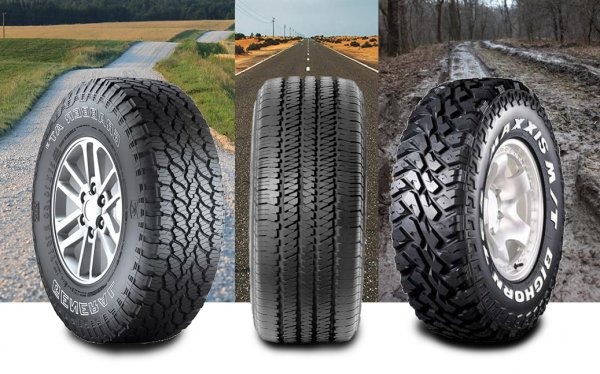Tyres play a bigger role in your driving experience than you might think. They’re not just round rubber pieces that get your car rolling they affect everything from grip and comfort to fuel efficiency and safety. If you’re new to the world of cars or just looking to understand your vehicle a bit better, this guide will help you break down the different types of tyres and what each is best suited for.
Why Choosing the Right Tyre Matters
Your tyres are the only part of your car that actually touches the road. That means their design, material, and tread pattern all influence how your car handles. The right tyre choice can improve safety, make your ride smoother, and even save you money over time.
1. All-Season Tyres
These are the most common tyres you’ll see on everyday cars. All-season tyres are designed to handle a variety of road conditions wet, dry, and even light snow. They’re a great fit for people who do regular city or highway driving without extreme weather.
Best for: General commuting, mild climates
Pros: Long tread life, decent grip in most conditions
Cons: Not ideal for heavy snow or extreme performance driving
2. Performance Tyres
If you drive a sporty car or enjoy spirited driving, performance tyres might be for you. They’re built with stickier rubber and optimized tread patterns to improve grip, cornering, and braking especially in dry conditions.
Best for: Sports cars, aggressive driving
Pros: Excellent handling and responsiveness
Cons: Faster wear, usually higher cost
3. Touring Tyres
Touring tyres offer a smooth, quiet ride with long-lasting durability. They’re perfect for long-distance drivers who want comfort over performance.
Best for: Family sedans, road trips
Pros: Comfortable ride, good all-around performance
Cons: Not designed for aggressive handling
4. Winter Tyres
Also known as snow tyres, these are essential in colder climates. They’re made of softer rubber and have deep treads that grip snow and ice better than regular tyres.
Best for: Cold climates, snow-covered roads
Pros: Safer in winter, better traction in freezing temps
Cons: Not suitable for warm weather wears quickly
5. Summer Tyres
These are built for warm weather and dry or slightly wet roads. They offer great grip and control but aren’t suited for winter at all.
Best for: High-performance cars in warm climates
Pros: Maximum road contact, excellent cornering
Cons: Poor in cold or snowy conditions
6. Off-Road Tyres
If you drive a 4×4 or SUV and love venturing off the beaten path, off-road tyres are what you want. They have aggressive tread patterns that handle mud, gravel, and sand with ease.
Best for: Trucks, SUVs, off-road adventures
Pros: Tough sidewalls, great off-road traction
Cons: Noisy on highways, less fuel efficient
7. Run-Flat Tyres
Run-flat tyres allow you to keep driving for a short distance even after a puncture. They’re handy for drivers who don’t want to deal with a spare tyre on the spot.
Best for: Urban drivers, cars without spares
Pros: No need for immediate tyre change
Cons: Pricier and often harder to repair
Understanding Tyre Sizes (e.g., 205/55r16)
If you’ve ever looked at the sidewall of your tyre, you’ll see something like 205/55r16. This code tells you the tyre’s width (205 mm), aspect ratio (55), and rim diameter (16 inches). It’s important to match your car’s recommended size for safety and performance.
Tyres like the 205/55r16 are common for compact and mid-size cars, offering a balance of comfort, grip, and fuel efficiency.
Final Thoughts
Knowing the different types of tyres and what they’re built for helps you make smarter choices not just for safety, but also for getting the most out of your driving experience. Whether you’re cruising through the city, heading into the mountains, or just getting from A to B, there’s a tyre out there that suits your needs.
When it’s time to shop for new tyres, consider how and where you drive most often. That way, you’re not just buying a tyre you’re investing in a better drive.







